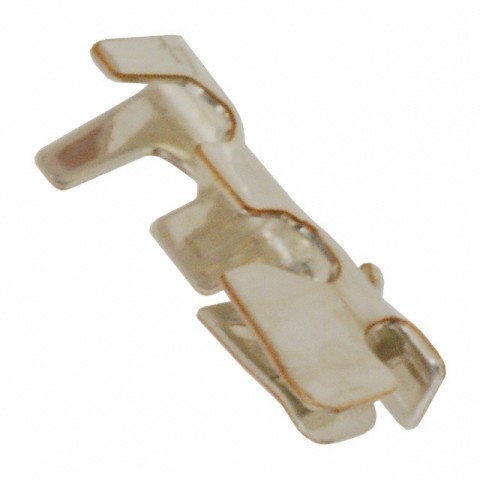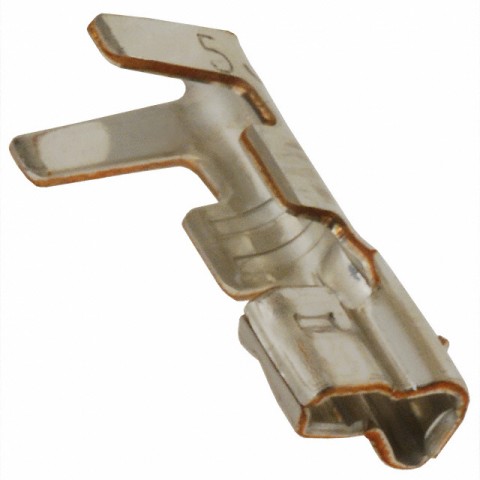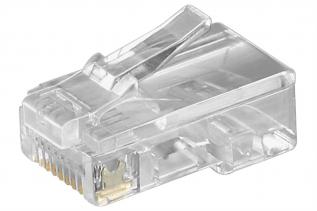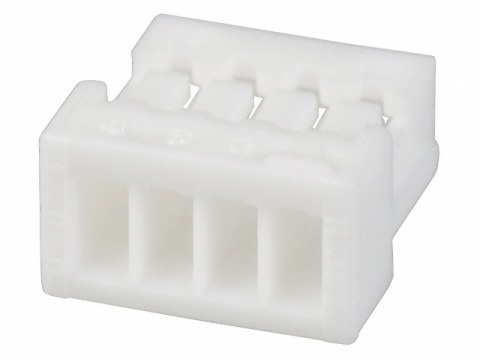Product description
Add lots of touch sensors to your next microcontroller project with this easy-to-use 12-channel capacitive touch sensor breakout board, starring the MPR121. This chip can handle up to 12 individual touchpads with plug-and-play STEMMA QT connector and large alligator/croc-clip friendly pads, its a no-solder solution to capacitive touch sensing.
The MPR121 has support for reading data over I2C, which can be implemented with nearly any microcontroller. You can select one of 2 addresses with the ADDR pin (solder it close for the alternative address), for a total of 24 capacitive touch pads on one I2C 2-wire bus. Using this chip is a lot easier than doing the capacitive sensing with analog inputs: it handles all the filtering for you and can be configured for more/less sensitivity.
This sensor comes as a tiny hard-to-solder chip so we put it onto a breakout board for you. Since it's a 3V-only chip, we added a 3V regulator and I2C level shifting so it's safe to use with any 3V or 5V microcontroller/processor like Arduino. We even added an LED onto the IRQ line so it will blink when touches are detected, making debugging by sight a bit easier on you.
The MPR121 has support for reading data over I2C, which can be implemented with nearly any microcontroller. You can select one of 2 addresses with the ADDR pin (solder it close for the alternative address), for a total of 24 capacitive touch pads on one I2C 2-wire bus. Using this chip is a lot easier than doing the capacitive sensing with analog inputs: it handles all the filtering for you and can be configured for more/less sensitivity.
This sensor comes as a tiny hard-to-solder chip so we put it onto a breakout board for you. Since it's a 3V-only chip, we added a 3V regulator and I2C level shifting so it's safe to use with any 3V or 5V microcontroller/processor like Arduino. We even added an LED onto the IRQ line so it will blink when touches are detected, making debugging by sight a bit easier on you.







